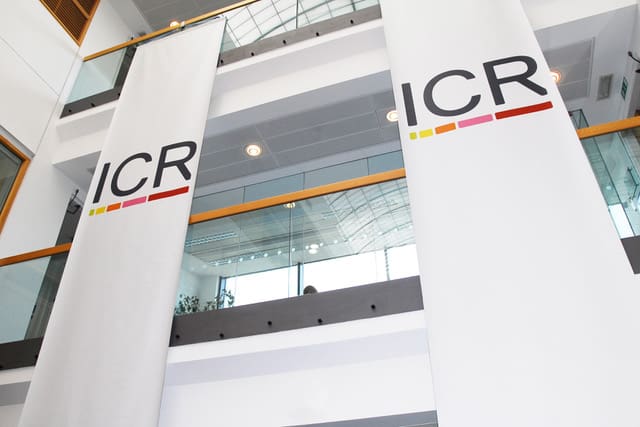
The Institute of Cancer Research (ICR), London, has shared findings from its acute lymphoblastic leukaemia (ALL) study, examining rare cases of identical twins with leukaemia.
The study gleaned new insights into the origins of the most common type of childhood cancer, confirming ALL originates in the womb but that events following birth can impact whether or not clinical leukaemia develops.
The team at the ICR will use the data taken from the study to assist clinicians in advising and supporting parents of twin children diagnosed with ALL, and offering risk level and screening guidance.
The first-of-its-kind study, funded by Blood Cancer UK and published in the journal Leukemia, included seven pairs of twins with ‘discordant’ ALL – only one twin in each pair, at least initially, had the disease.
Researchers followed the twins over a period of 15 years to determine the biological reason as to why an otherwise healthy twin is placed at a higher risk of developing ALL later if their identical twin has already been diagnosed with the disease.
The team calculated the risk to be around 15-25% versus less than 1% for a non-identical twin or other sibling. However, as the findings reinforce, the high risk is only applicable if the identical twins shared a single placenta before birth.
Moreover, the findings confirm that, as with cases of childhood ALL in identical twin pairs or singletons, cases of ‘discordant’ ALL in twins also consistently begin in the womb.
The latest results suggest that there is a chance for better accuracy in risk assessment, firstly by ascertaining whether the twins are identical and shared a placenta and then by serially checking them – by tracking the levels of pre-leukaemia cells in their blood.
When one of the twins remains clinically well, researchers recommend re-screening every three months when one of the twins is deemed to be clinically well, as a means of tracking the level of pre-leukaemia cells and whether they are increasing.
The study indicated that risk to the second twin is greatest in the first year after the first twin is diagnosed and gradually reduces after that. This means that the screening of asymptomatic, healthy twins is most likely unnecessary in children above the age of ten.
Professor Sir Mel Greaves, founding director of the Centre for Evolution and Cancer and Professor of Cell Biology at The ICR, London, said: “Our study provides new insights into the origins of childhood acute lymphoblastic leukaemia – the most common type of childhood cancer, accounting for 80% of leukaemia cases in children.
“Our previous findings showed that leukaemia in twins is due to sharing of blood cells within a single placenta before birth – rather than genetic inheritance. These new findings confirm that the disease can be traced back to the womb when pre-leukaemia cells spread via the twins’ shared blood supply.”




